September 2019
The Palestinian Museum, winner of the Aga Khan Award for Architecture 2019.
Built to celebrate Palestinian heritage and with a stated aim to ‘foster a culture of dialogue and tolerance’, the museum is a flagship project of Palestine’s largest NGO, with support from nearby Birzeit University.
The site is defined by agricultural terraces formed of dry-stone walls (sanasil) erected by local villagers to adapt the terrain for cultivation. Selected through an international competition, the design takes its cues from this setting and is firmly embedded within it. An access road leads to the top of the hill where approaching visitors glimpse views out of the other side of the building, across this characteristic landscape and to the Mediterranean 40km to the west. The building’s plan is double-wedge-shaped. The main visitor spaces – lobby, exhibition area, glass gallery, shop, café and cloakroom – are at entrance level, limiting the need for vertical circulation. The café, in the north wing, opens onto a paved open-air terrace with further views. A pre-existing hollow in the topography is exploited to provide additional accommodation underneath the south wing, including stores and an education/research centre, leading to a sheltered outdoor amphitheatre.
The zigzagging forms of the Museum’s architecture and hillside gardens are inspired by the surrounding agricultural terraces, stressing the link with the land and symbolising resistance to the West Bank’s military occupation. Palestinian limestone, quarried locally near Bethlehem, is used for both façade cladding and exterior paving, unifying the scheme. The west façade’s masonry is cranked upwards in two places, exposing triangular curtain walls with metal fins whose sizes and locations are carefully calculated to protect the interior from solar glare and heat gain while maximising natural light – one of a number of measures that have earned the building its LEED Gold certification. Internally the Museum’s concrete structure is rough-rendered and white-painted.
The garden is themed to range from agricultural crops at the outer confines to more refined plantings nearer the buildings, and is intended to supply the café with typical Palestinian produce. Rainwater from the terrace and amphitheatre is harvested for use in the irrigation and flush systems, and wastewater is treated also for use in irrigation.
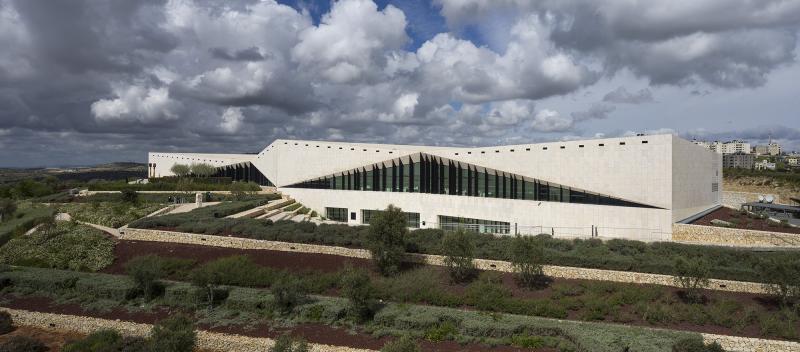 © Aga Khan Trust for Culture / Cemal Emden
© Aga Khan Trust for Culture / Cemal Emden
The Aga Khan Award for Architecture (AKAA) was established by the Aga Khan in 1977 to identify and encourage building concepts that successfully address the needs and aspirations of communities in which Muslims have a significant presence. The Award recognises examples of architectural excellence in the fields of contemporary design, social housing, community improvement and development, historic preservation, reuse and area conservation, as well as landscape design and improvement of the environment. Since the Award was launched 42 years ago, 122 projects have received the award and more than 9,000 building projects have been documented.
► See the project on the T/E/S/S website
► Link to the Aga Khan Award for Architecture
August 2019
The water tower of the Ban de Gasperich won the ICONIC AWARDS prize from the GERMAN DESIGN COUNCIL, category INNOVATIVE ARCHITECTURE.
This project, designed in partnership with Jim Clemes associates, has become a new architectural landmark of the Luxembourg capital.
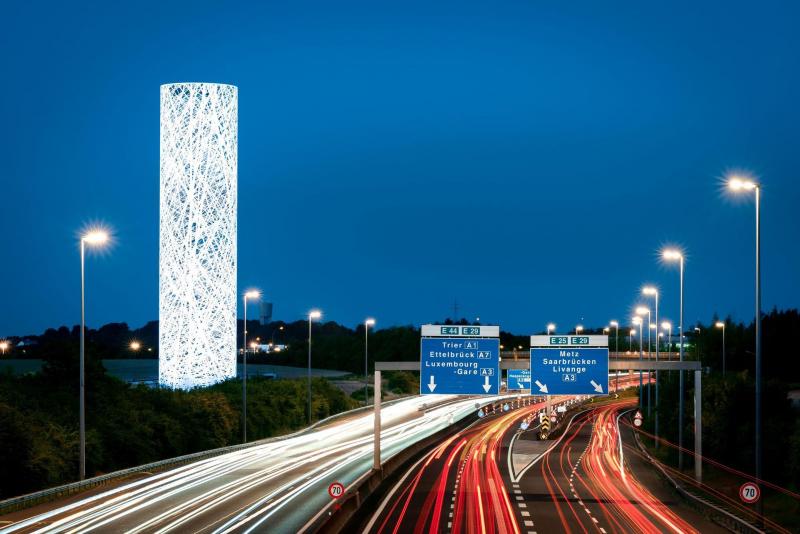
► See the project on the T/E/S/S website
► Link to the GERMAN DESIGN COUNCIL website
October 2017
The Saclay Radar tower (flight traffic radar) is rewarded with the 2017 "Trophée béton", among ten remarkable architectural works using concrete.
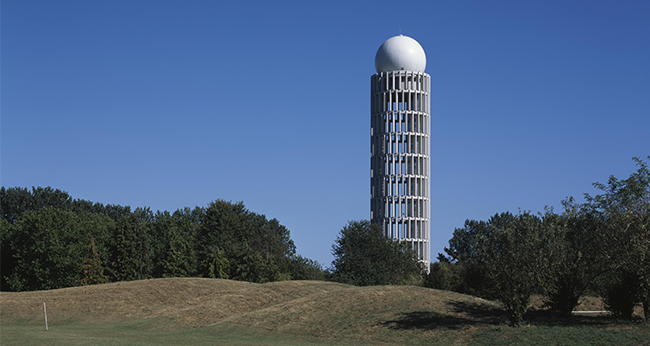 (Photo : © Helène Binet)
(Photo : © Helène Binet)
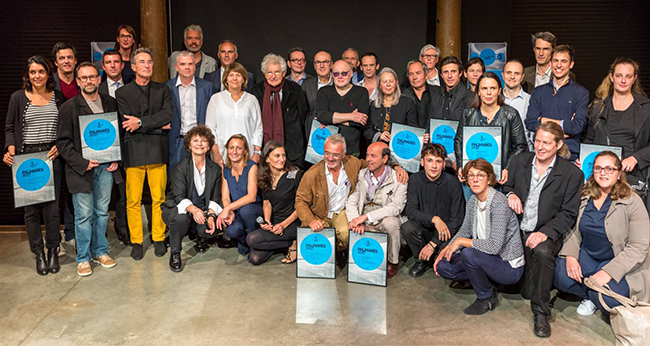
This award is organized by Bétocib and Cimbéton associations under the patronage of the Ministry of Culture and Communication and is a biennial distinction of national stature, awarded by an independent jury, to works built in France during the last five years.
► See the project on the T/E/S/S website
August 2017
Manuelle Gautrand lwon the European award of Architecture for the Gaumont Alesia theater.
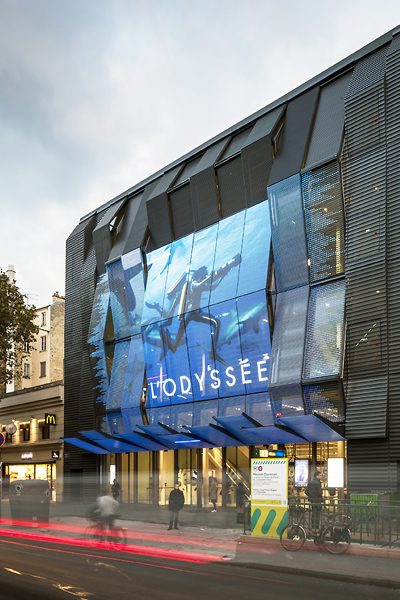

December 2016
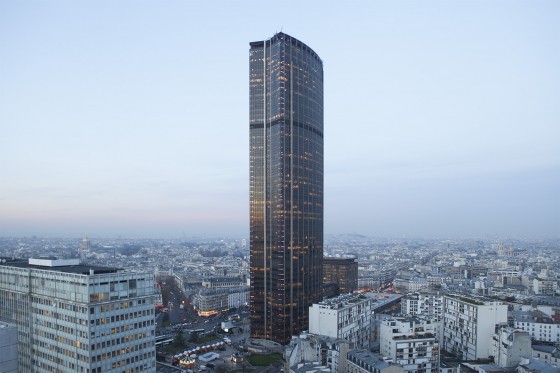
nAOM, with T/E/S/S, won the international competition "Demain Montparnasse" for the Tour Montparnasse restructuration in Paris.
November 2016
The Shanghai PORTS 1961 store received the Architecture & Design Award 2016, in the category "Commercial, Retail / Office". The "A & D Trophy Awards" are awarded by an international jury and award each year projects of excellence in Asia-Pacific in architecture, interior design and product design.
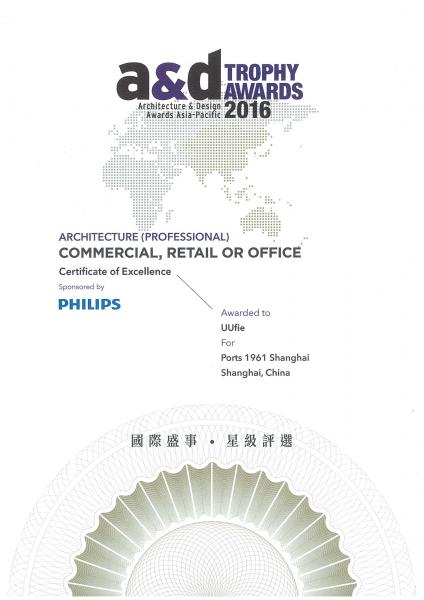
September 2015
On September 14, 2015, the Fondation Louis Vuitton won the "Award of Merit" awarded by FIDIC, the International Federation of Consulting Engineers.
This prize awarded in Dubai rewards the quality of the engineering work done by the teams of SETEC, RFR + TESS and Quadrature Ingénierie on the Foundation project
2014
The housing building "Plein Soleil", is awarded with the 2nd prize from the "Réseau des Maisons de l'Architecture".
2012
T/E/S/S, laureate of the "Grand prix National d'ingénierie" for the Louis Vuitton Foundation project (with SETEC, RFR and Quadrature).
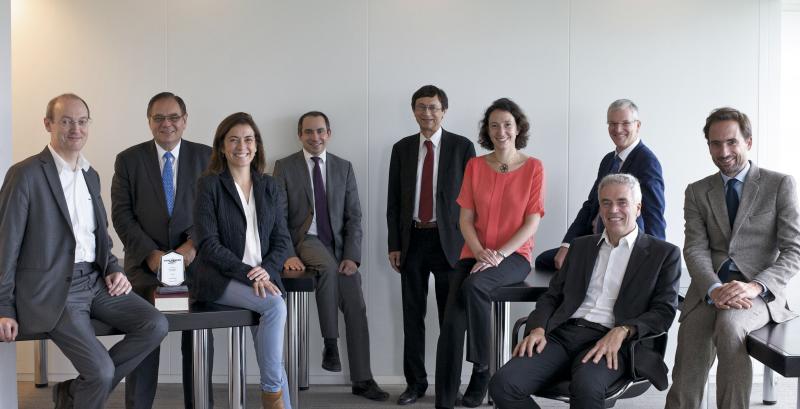
The team "Award of Merit" for the Fondation Louis Vuitton.
